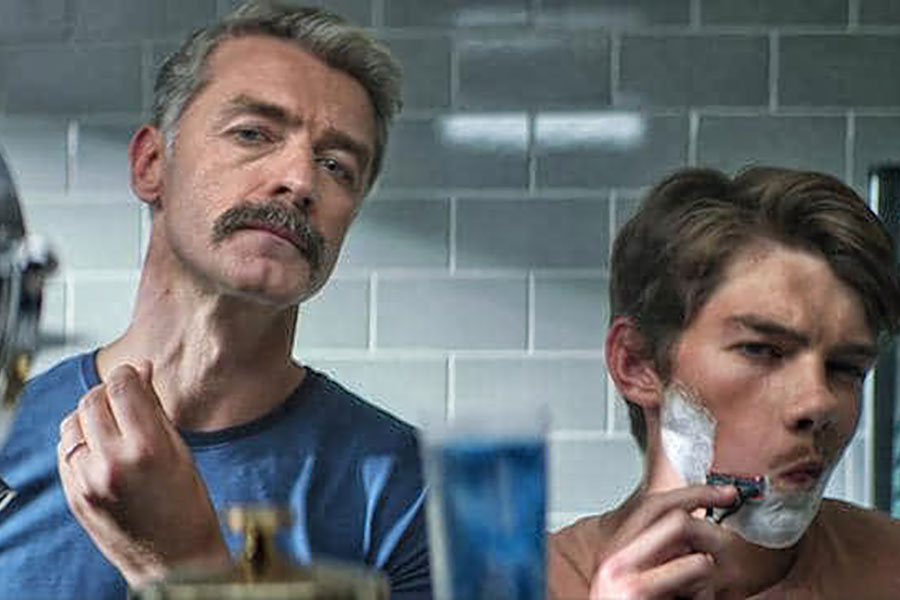The “shiny red object” in marketing these days is “adver-activism.” This development is inspiring creatives around the world to consider social issues central to their campaigns.
While exciting that advertising agencies are convincing clients to jump into the often-roiling waters of hotly-debated social issues, the new Gillette ad (or “short film,” according to the brand) shows that social purpose should not be left just to creatives:
I commend Gillette and its parent Proctor & Gamble, who want to use their brands for good: “Media companies can and should have a purpose, identifying areas where the company can have a voice that makes a difference while building the business,” said Marc Pritchard, Chief Brand Officer of P&G.
Beyond relevance with today’s zeitgeist and the desire from Millennials and Gen Zs for brands to contribute to society, it’s also likely that P&G wants to challenge purpose-brand leader Unilever through provocative communications and innovative products.
So, reactions to the new Gillette campaign? Brilliant? Horrible? As I write, there are more than 11 million views, 625k dislikes, and 250k likes on YouTube with social posts ranging from praise to abuse and outrage:
“For their 30th… this commercial is awful,” said a post. “It is dripping with contempt for men and upholds ridiculous [stereotypes].”
“It’s a massive conglomerate selling frivolous throw-away plastics at ridiculously over-inflated prices. Please don’t get too evangelical over their desires to sell more. The fashion for loading brands with profound political & cultural resonance is nauseating in the extreme.” (That comment has 108 likes so far).
And it’s a big flashing red light to other marketers who attempt to navigate social activism.
Gillette is a smart marketer. The brand knew the ad would provoke controversy and lots of conversation – and it seems that conversation is what they were aiming for. Elena Valbonesi, Gillette’s and Venus’s European shave care director, stated that the divisive U.S. campaign marked “another step” for Gillette in its global mission to help men work towards their personal best. “When we look at the younger generations, they ask more of brands than just selling them a product,” said Valbonesi. “They appreciate Gillette meaning something to them. That’s exactly what we wanted to do and keep doing in the future.”
Talk and controversy can spark change. But Gillette should do more if it truly wants to drive behavior change related to toxic masculinity. (Perhaps they and others can benefit from Unilever’s booklet, The Five Levers for Change).
How is Gillette’s provocation – what it means to be a man – sustained through actions to have a real impact?
Gillette committed to give $3 million over three years to the Boys and Girls Clubs of America (BGCA) is commendable, but it’s a tiny drop in the bucket. More, it doesn’t seem strategic enough to support impactful programming directed at creating change.
Don’t get me wrong. I love BGCA. But where is the sizeable $10+ million X-prize type challenge to uncover new solutions and drive new behaviors? Let’s unite creatives and ad strategists with social purpose experts, all on equal footing regarding strategy and budgets, to create thoughtful, insights-driven, sustainable programs that can become new cultural touch-points. How about another Boston based revolution, Gillette?
Gillette’s ad will be compared to the Nike adver-activism Colin Kaepernick spot. Nike’s ad captured the true essence of its ethos and brand. In contrast, if Gillette really wants to make a change, the brand should use this piece as the beginning of a very long journey about what it means for a man to be his personal best. Only then will they find authentic ways to have a social impact to change toxic masculinity.
I agree with Esquire’s headline: “Gillette’s new ad Is a big step for men’s grooming. We still need a giant leap.”




































